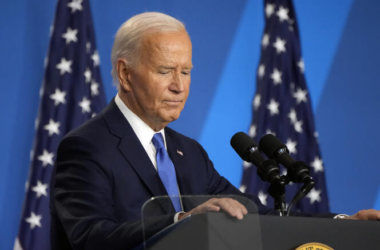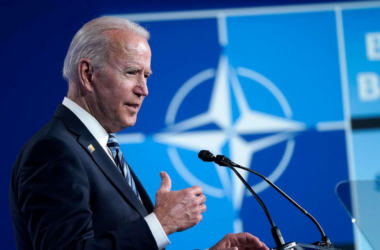The U.S. labor market exhibited signs of cooling in June, as job growth slowed marginally, and the unemployment rate rose to its highest level in over two and a half years. This trend aligns with expectations that the Federal Reserve might begin reducing interest rates later this year.
According to the Labor Department’s employment report released on Friday, the economy added 206,000 jobs in June, driven largely by government hiring. However, revisions for previous months revealed a softer job market than initially thought. Specifically, there were 111,000 fewer jobs created in April and May than previously reported.
The unemployment rate increased from 4.0% in May to 4.1% in June, the highest level since November 2021. This rise is attributed to approximately 277,000 individuals entering the labor force last month, signaling a growing labor pool that contributed to the increase in the jobless rate.
The report highlighted a moderation in wage gains, with average hourly earnings rising 0.3% in June compared to a 0.4% increase in May. Annually, wages grew by 3.9%, the smallest gain since June 2021. This moderation in wage growth, coupled with recent better-than-expected inflation data for May, suggests a continuing disinflationary trend, providing reassurance that inflation pressures are diminishing.
“Slowly, but surely, U.S. labor market conditions are cooling,” said Brian Coulton, chief economist at Fitch Ratings. “Alongside recent better inflation prints, this will help reassure the Fed that they can safely start cutting rates in September.”
The job growth in June was bolstered by several key sectors. Government employment rose by 70,000 jobs, largely driven by local government hires excluding education and state government. The healthcare sector added 49,000 jobs, with notable increases in ambulatory healthcare services and hospital employment. The construction sector saw a rise of 27,000 positions.
Conversely, some sectors experienced declines. The retail sector and manufacturing saw job losses, while professional and business services employment fell by 17,000 jobs. Temporary help jobs decreased by 49,000, indicating potential slower payroll gains in the future.
The current labor market conditions, along with easing inflation, support the expectation that the Federal Reserve will begin cutting interest rates soon. Financial markets predict a roughly 72% probability of a rate cut at the Fed’s September meeting, with increasing odds for another reduction in December. The Fed has maintained its benchmark overnight interest rate in the 5.25%-5.50% range since July 2023.
The minutes from the Fed’s June meeting, released earlier this week, reflected a consensus among policymakers that the economy appears to be slowing and price pressures are diminishing. This consensus further bolsters the case for a potential easing of monetary policy in the coming months.
June’s labor market data, showing slower job growth and rising unemployment, indicates a cooling U.S. economy. This trend, combined with moderated wage growth, aligns with expectations that the Federal Reserve will begin cutting interest rates later this year, marking a shift from the aggressive monetary tightening seen in 2022 and 2023. The evolving labor market conditions and inflation trends will be closely monitored as policymakers and market participants navigate the economic landscape in the months ahead.








